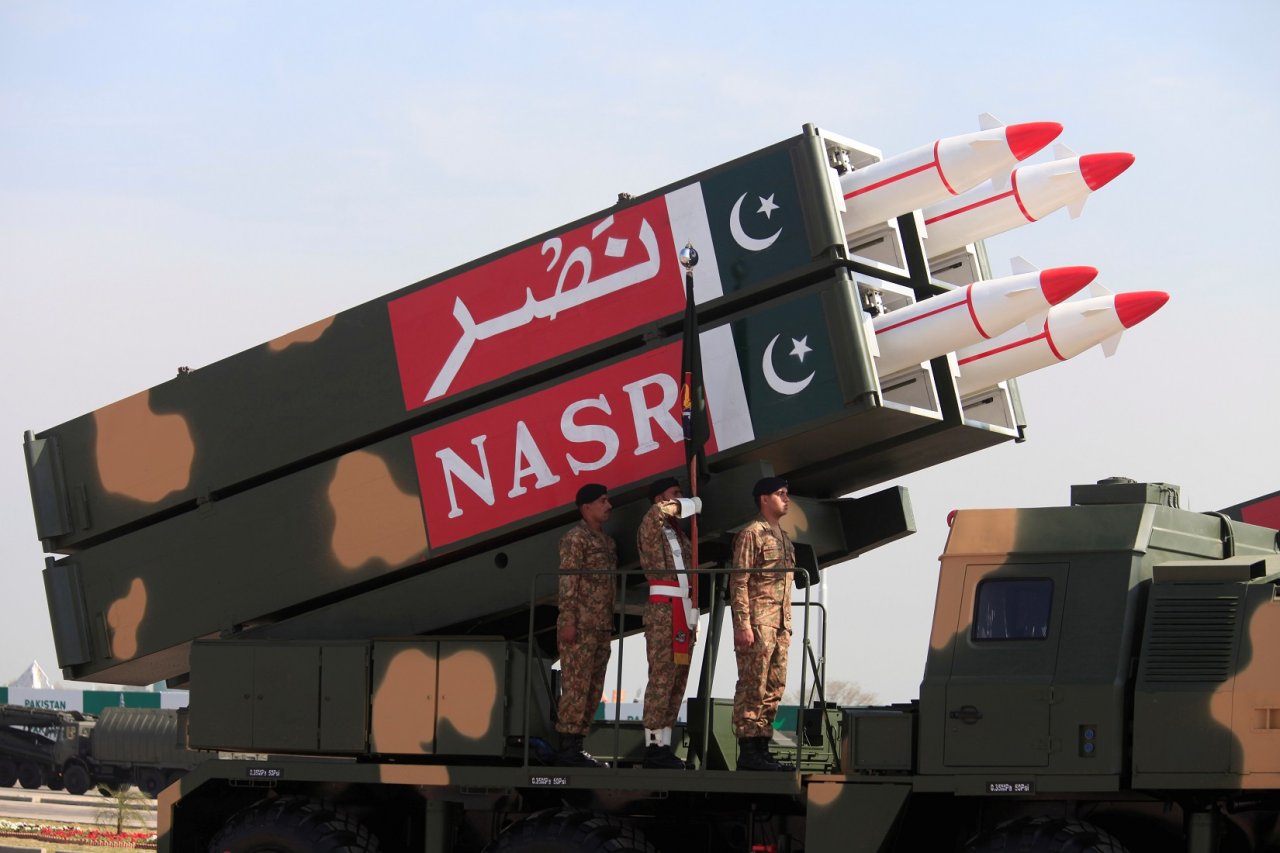
By Dr. Rajkumar Singh 5 February 2020
The change of guard in Islamabad did not make any difference to the nuclear programme of the country. General Zia, who replaced Bhutto, pursued predecessor’s nuclear plans and referred to US efforts “to prevent us from making bomb even though we have no such intention–if we wanted to, nobody can stop us anyway”. He was determined to acquire nuclear technology for Pakistan and that he had “alternative” for this, if the French failed. The Pak Minister of Science and Technology, Ahmed Choudhary, echoed the same confidence in October 1978 when he said that he would not be helpless in case the reprocessing plant was denied to it. “Pakistan possesses scientific knowledge, expertise and formula about atomic power and nuclear reprocessing plant”.
Nuclear going determination of Pak
Despite the denial of nuclear technology by its chief nuclear collaborators, Pakistan decided to follow an alternative route of constructing its own gas centrifuge uranium enrichment plant at Kahuta. ‘The Pakistani plant at Dera Ghazi Khan, which manufactured the Uranium hexafluoride feed for Kahuta, was also shipped between 1977-80 by a German firm, CES Kalthoff. The Kahuta uranium enrichment plant was entirely under supervision of Abdul Qadir Khan, a German trained Pakistani metallurgist, who had worked with FDO in Netherland and returned Pakistan in 1975. About Khan, a report prepared by the Dutch Government confirmed that he was able to procure all relevant information and documents, including blue prints o f the URENCO gas centrifuge enrichment plant and list of hundred odd sub-contractors in Europe who could provide the requisite assemblies. It was Dr. Khan’s innovative approach to acquire nuclear technology that Pakistan succeeded in establishing the centrifuge plants at Kahuta and Sihala.
Under General Zia- Ul-Haq, Pakistan constructed a reprocessing plant capable of extracting 10 to 20 kg Plutonium per year in accordance with the design of the French plant. Both the firms, French SGN and Belgian Belgo-Nuclear, rendered technical assistance in replication. The plant underwent cold test in 1982. Pakistan had also established a heavy water plant at Multan with a production capacity of 13 metric tons. It became operational in 1980. Belgo Nuclear was reported to have rendered technical assistance. In addition, a hexafluoridation plant was designed to convert yellow cake (natural uranium) into Hexafluoride. This plant was set up at Dera Ghazi Khan in 1980 with a production capacity of about 200 metric tons of hexafluoride per year. In setting up this plant, Pakistan sought the assistance of West German firm CFS Kalth.
In 1987, Pakistan also acquired a gasification and solidification plant from Cora Engineering (Switzerland) for feeding uranium hexafluoride gas into the centrifuges and for transforming it into solid state after the enrichment process. As reported in the press, Pakistan was erecting another enrichment plant at Golra, about 10-km from Islamabad. Even the Western authors, who had been trying to chase Pakistan’s nuclear weapons programme, admit that tracking Pakistan purchase was difficult in detective work. The purchaser’s expert handling of secret purchases and their daring and expert actions always placed them one step ahead of the foreign detective and secret agencies deployed to stop supply of nuclear materials to Pakistan.
Further development of Pak capability
In recent decades Pakistan’s nuclear programme has been the focus of discussion in national and international media, think tank, and officials of global powers. More often than not, foreign state and non-state organizations and agencies raise certain questions and concerns, in one way or another. In fact, in the background of nuclearisation of India, Pakistan had no choice but to follow to redress the strategic balance on which peace and security in South Asia depends. Pakistan’s quest for nuclear technology has been perceived as a determined approach to acquire nuclear weapons capability to undo geopolitical milieu, absolute inferiority of its conventional defence, and fears of Indian domination in the South Asian region have been generally cited as strong motivations for a nuclear option. Pakistan’s vulnerable security environment and the multiple threats it faces make nuclear weapons development theoretically a plausible option. At the beginning given the low levels of technological competence and almost total dependence on imported nuclear components, this option could not be exercised but gradually the earlier situation improved and Pakistan became committed to the development of nuclear programme with the man Zulfikar Ali Bhutto at the centrestage. His main achievement in the nuclear field was to set the scientific community the specific task of making Pakistan a nuclear power and to appoint managers and allocate resources to proceed in that direction. The centrality of his vision has been substantiated by the fact that every successive government has further developed Pakistan’s nuclear programme and resisted efforts by foreign powers to restrict this capability.
Effects of 1974 explosions
To conclude, the primary rationale for the Pakistani bomb was security. Islamabad’s loss of East Pakistan in the 1971 war was a key motivation: Pakistan needed the bomb to ensure its survival. This rationale was bolstered by the perceived inevitability of the Indian bomb after the 1974 test, and lack of credible security guarantee. These circumstances never varied significantly since then and Islamabad always remained worried about Indian conventional superiority. Even today, Pakistan considers nuclear weapons as a means to avoid a defeat on the battlefield. It does not believe that China would be ready to risk war to support Pakistan in case of hostilities in South Asia, and the rocky history of US-Pakistan relations has made it impossible for Islamabad to count on Washington. An added benefit of the programme was the ability to protect Pakistani support for the Kashmir insurgency by neutralizing the risk of major conventional war. As a result of good going in nuclear programme Pakistan reached the threshold capability between 1984 and 1987, followed by nuclear tests in 1998.
